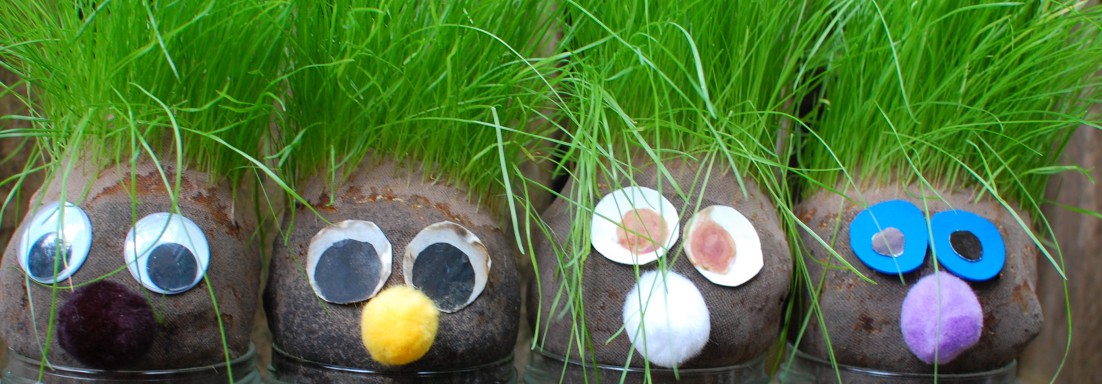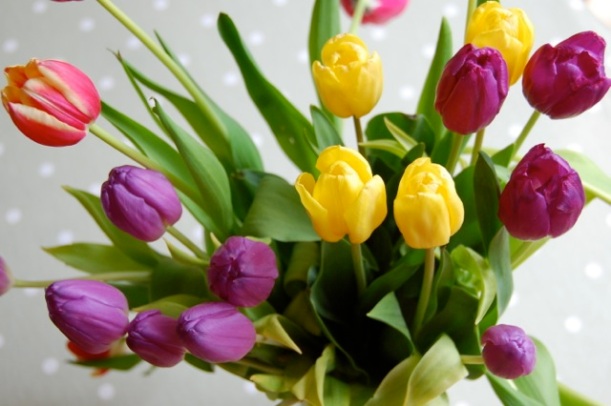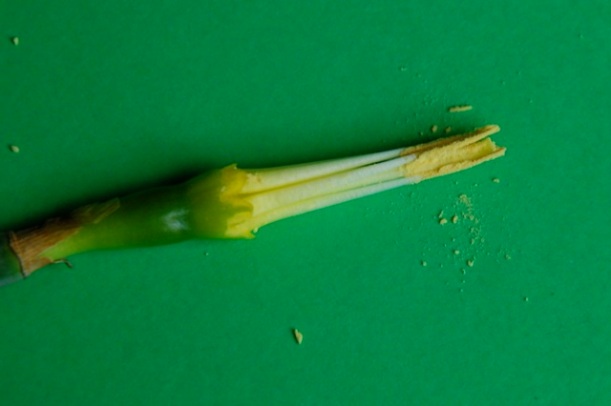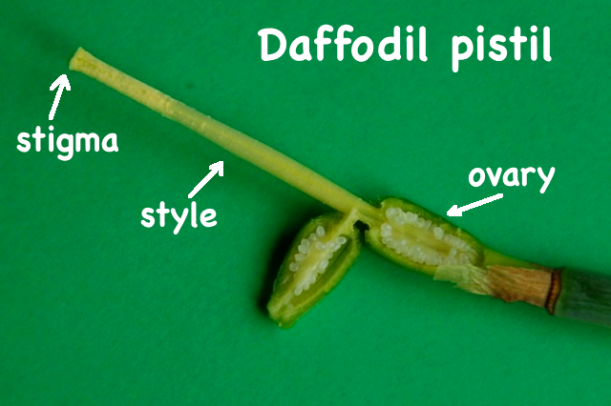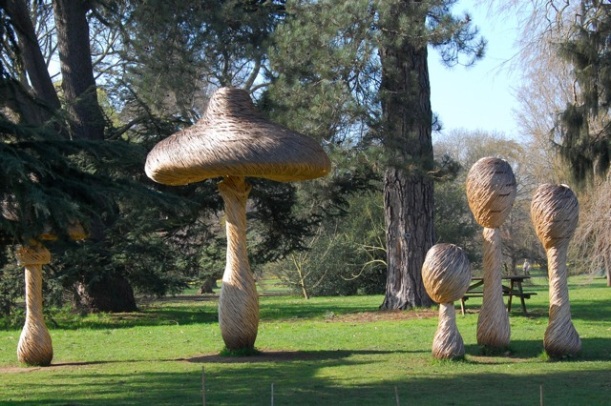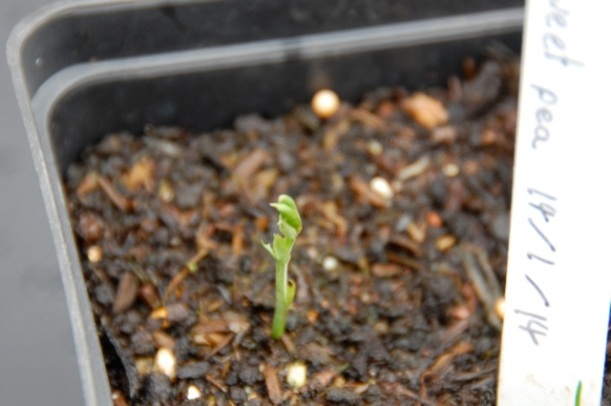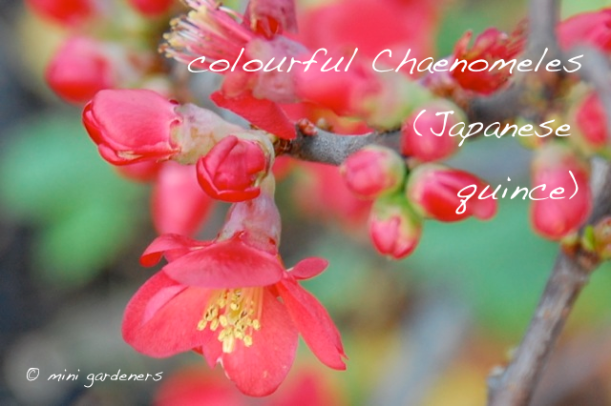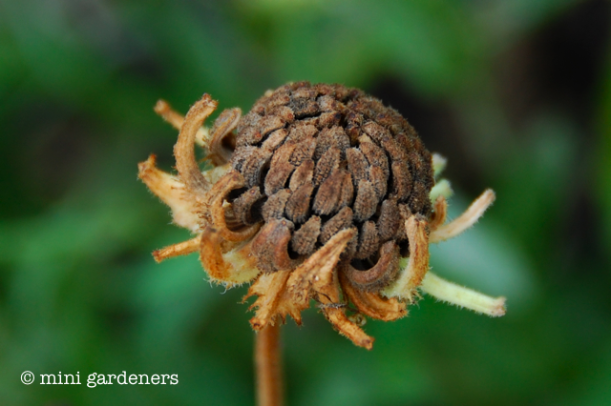
I am not, by any stretch of the imagination, a domestic goddess. The last time I saw the bottom of the ironing basket was early 1992. And the garden has an abundance of withered seed heads like the one above.
So imagine my delight to discover that being untidy in the garden is a good thing.
Oh yes. If you’re racing round the garden like a whirling dervish busily deadheading, raking and tidying (you know who you are), you’re not doing the local wildlife any favours. Instead of a perfectly manicured garden, you should be aiming for undisturbed piles of twigs and leaves, decaying seed heads and the more nooks and crannies the better.
Another advantage of being slovenly in the garden is that you can collect your own seed, not only saving yourself a fortune but keeping lots of children entertained in the process.
Our rule of thumb is that seed heads are ready for collecting when they look their absolute worst (serial deadheaders and neat freaks will have caved in and chopped well before this point). One of our Calendula plants illustrates this well:

Sunflowers are also good candidates for seed collecting with children, if you can get to the seeds before the birds. Useful if you have a large group of children, like a school gardening club, as each sunflower head has hundreds of seeds. A pair of tweezers can be handy for extracting the seeds.

The Aquilegia and Delphinium seed heads in our garden passed the looks-awful-ready-for-collecting-seed rule of thumb too. These were tricky as the slightest touch to the seed head sent sprays of seeds flying everywhere. In the end we had to resort to putting a paper bag over the seed head before cutting from the plant in an attempt to contain the chaos.

Some of our seeds may not produce flowers that are identical to the parent plant. I can’t remember whether the delphiniums were F1 hybrids. If so, they definately won’t produce identical plants but for us this isn’t important.
Before storing, we separated the seeds from the chaff (the delightful technical term for all the rubbish that isn’t seed) and then left the seeds indoors to dry for a couple of days.
This was a perfect opportunity to make some more seed packets to store our seed until the spring. Full step by step instructions can be found here.

Damp and warm are the joint enemies when storing seed as this will encourage them to germinate or rot. So when the seeds are safely tucked into their packets we’ll find a cool, dry place to store them i.e. not a warm, steamy kitchen.
And the final task (sometimes the trickiest, I find) is to remember where you stored the seed packets so you can find them again next spring when it’s time to sow.
